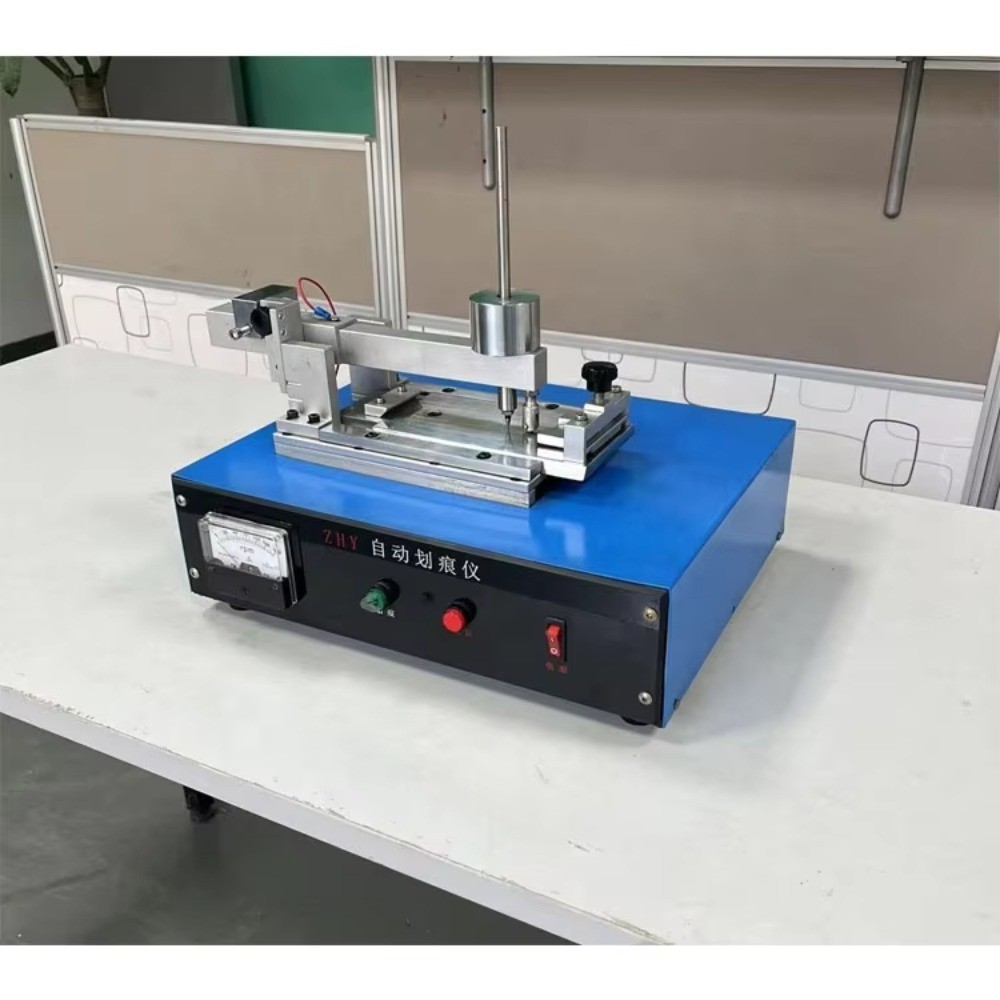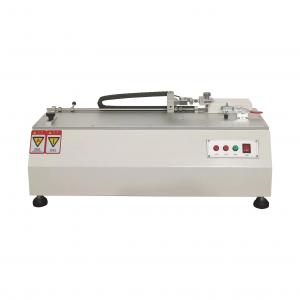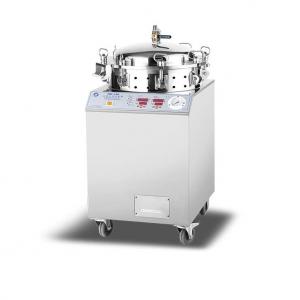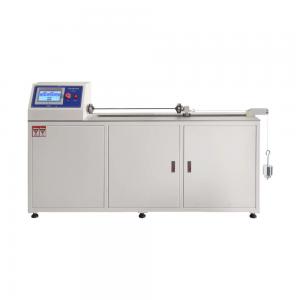Automatic Scratch Tester
- Product Item : ZYAS-110
- Category: Paint,Coating&Ink
- Automatic Scratch Tester
- Scratch Test Tester
- Scratch Hardness Tester
- Product description:The scratch tester is designed to meet the scratch testing requirements described in the Paints BS 3900 Part E2 / ISO 1518 1992, BS 6497 (when used with 4 kg) test methods and can be adapted to other
Product Introduction
Coating performance is related to many factors, including the hardness of the coating and the influence of other physical properties such as adhesion, lubricity, resilience, etc., as well as coating thickness and curing conditions.
This is a quantifiable indication of the degree of resistance to severe damage when the loaded needle is tilted on a relatively smooth, flat surface.
The scratch tester is designed to meet the scratch testing requirements described in the Paints BS 3900 Part E2 / ISO 1518 1992, BS 6497 (when used with 4 kg) test methods and can be adapted to other specifications such as ASTM D 5178 1991 March and ECCA-T11 (1985) Metal Marking Resistance Tests for Organic Coatings.
The scratch tester works on 220V 50HZ AC power. It is fitted with a cover that closes the gears and other parts for operating the slide at a constant speed (3-4 cm per second), as well as an arm lifting mechanism. The needle arm is balanced and rigid to prevent whipping or fluttering at the ball point.
A 1 mm steel needle end needle (usually supplied with each instrument) maintains a 90° inspection with the test panel and can be easily removed for inspection and replacement. After each test, the needle will provide a long service life without the need to replace the tip.
Available in weight increments from 50gms to 2.5kgs mass loading above ball head pins, additional weights up to 10kg loads are available as an optional accessory for harder coatings.
Standard test plates of 150 x 70 mm with a thickness of up to 1 mm can be used (usually metal)
Test Method
Relevant test procedures should be referred to, which are generally as follows:
Check that the appropriate needle is installed
Clamp the test panel to slide
Load the needle arm with weight to determine the failure threshold, gradually increasing the load until a failure occurs.
Start the slider and if it fails, the pointer on the voltmeter will turn over. Only conductive metal panels are suitable for this test result
Remove the panel to visually assess the scratch.
The ECCA Metal Marking Resistance Test is a procedure designed to evaluate the resistance of metal objects to smooth organic coatings when rubbed.
Technical Data
|
Scraping speed |
3-4 cm per second |
|
Needle diameter |
1 mm |
|
Panel size |
150 × 70 mm |
|
Loading weight |
50-2500 g |
|
size |
380 × 300 × 180 mm |
|
weight |
30 kg |
CATEGORIES
- Textile Testing Equipment
- Paint,Coating&Ink
- Paper, Packaging & Print
- Plastic tester machine
- Whiteness Meter
- Environmental Test Chamber
- Color and Gloss meter
- Color Assessment Cabinet
- Metal Testing Instrument
- Particle Size and Shape Analyzer
- Coating Thickness Gauge
- Electronic Balance
- Tensile Testing Machine
- Density Meter
- Color Fan Deck
- UV Spectrophotometer & Spectrometer
- Other
LATEST NEWS
Contact
CONTACT USName: Jennifer Zhang
Mobile:+86 13336040868
Tel:+86 13336040868
Whatsapp:+86 13336040868
Email:sales@iqctest.com
Add:No.51 of Xiba Road,Wuchang Street, Yuhang District, 311100 ,Hangzhou City, China










